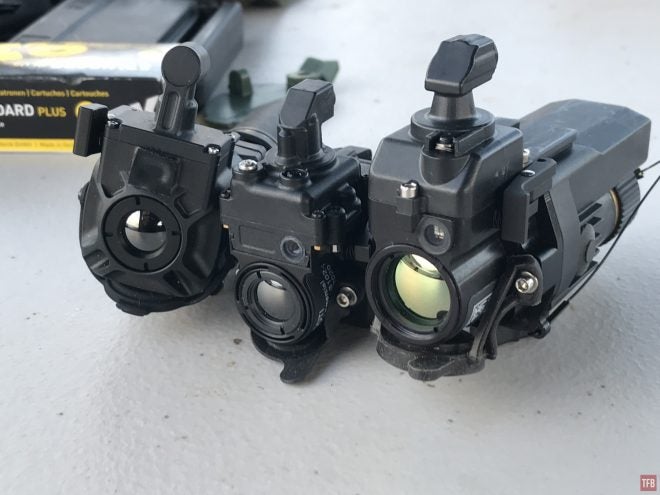Last month I reviewed the Jerry-C ECOTI. Before that I reviewed the Safran Optics1 COTI. Well, during the week of the virtual SHOT SHOW, TNVC announced that they are now selling the Optics1 ECOTI to the public. Before that, it was restricted to law enforcement and military sales only. My friend Kevin had ordered the Optics1 ECOTI and so we got together to compare all the COTIs together.
Optics1 ECOTI (Enhanced Clip-On Thermal Imager)

L-R: Jerry-C, Optics1 ECOTI, PAS-29 COTI
The old PAS-29 COTI is a neat little device. It is a force multiplier. It projects a thermal image into your night vision goggles so you can see both NIR spectrum and thermal all in the same field of view. However, the COTI has its limitations. It only projects a 20º FOV whereas traditional NVGs are 40º FOV. The COTI sensor is only 320×240.
The OPTICS1 ECOTI has a 640×480 resolution with 17 μm pixel pitch. Just like the Chinese ECOTI, Jerry-C, the ECOTI has a 30º FOV.

Top-Bottom: Jerry-C, ECOTI, COTI
The ECOTI is powered by a single CR123 just like the old COTI and has a run time of 3.5 hours. The Jerry-C has the 18650 battery cap on it which gives it a run time of 8 hours but increases the weight.
The Optics1 ECOTI weighs just 3.2oz without the battery. With battery, it is 3.81 ounces.
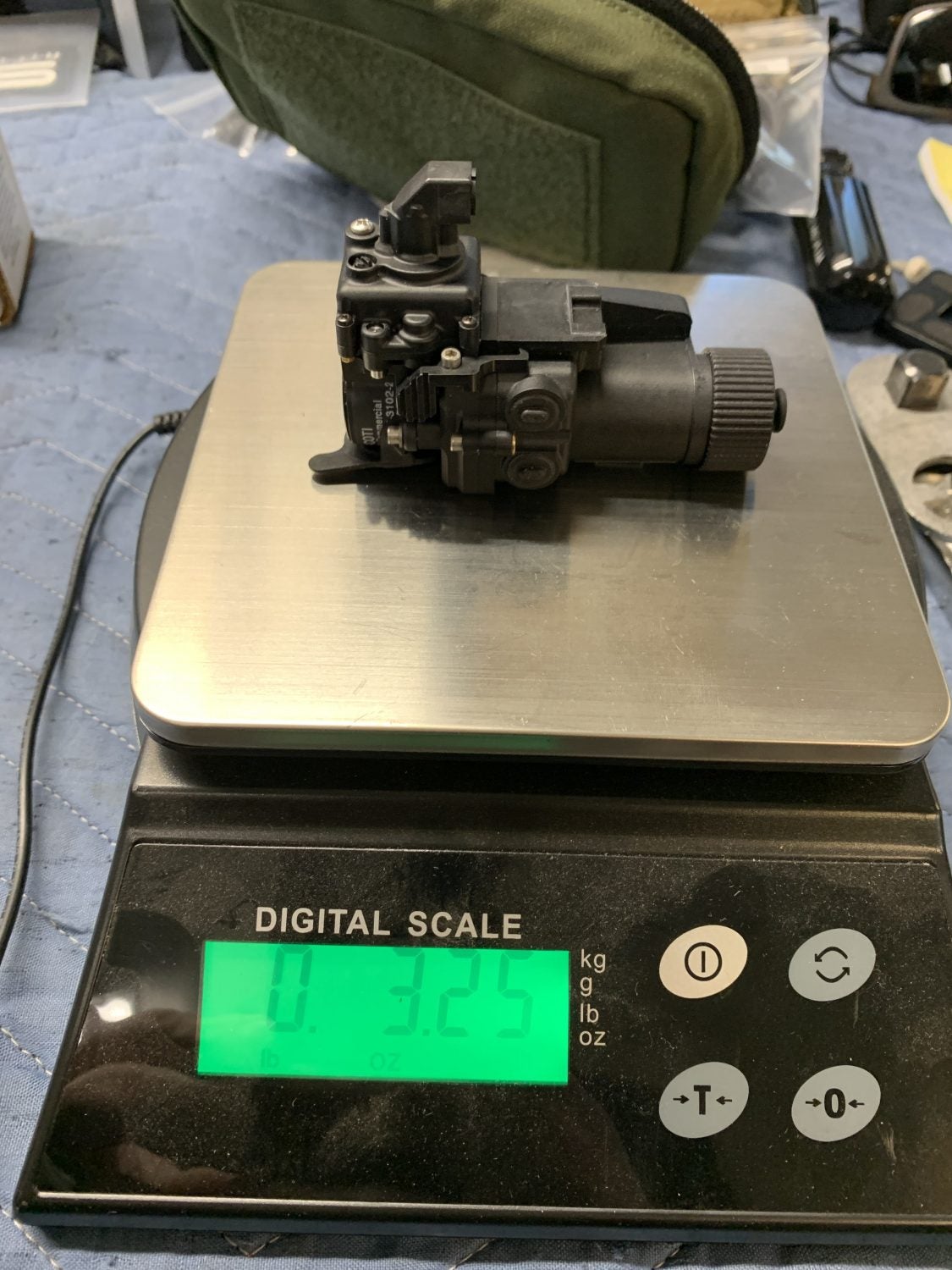
Photo by Kevin R.
While the Optics1 ECOTI does not have an extended battery cap they have a remote battery pack for it. They even designed an alternate version of the ECOTI that does not have a battery tube. It has to run off a remote battery pack and cable.


The instruction manual depicts alternative power options. There are cables similar to the ones used for the older PAS-29 COTI. Figure 8 looks like a y-Split cable to power a PVS-31/GPNVG while Figure 7 looks like it might be used to power an ANVIS Mount. What is different are the two ends of the cables. They look like the same style connector used on the PAS-29 remote battery pack cable. However, that proprietary connector is on both ends. In the photo above the diagram in Figure 6, the cable connects a new style battery pack to the ECOTI.
One minor issue is due to the added features of the Optics1 ECOTI. The ECOTI can input information digitally and so it features a 7-pin connection compared to the old COTI only needing a 4-pin connector. You cannot use the old COTI power cable to power the ECOTI.

Another small change is the location of the data/power port. On the old COTI, it is at the rear of the unit. The ECOTI has it positioned on the right side.

Optics 1 ECOTI Controls
The ECOTI controls are drastically different from the old COTI and Jerry-C. Both the Jerry-C and COTI share similar user controls. They use a power/gain knob. Once you turn the knob, seen below, the COTIs turn on and the knob controls brightness.

The ECOTI does not have a knob. Instead, it has three buttons. One main button on the right-hand side and two buttons on the left. Below is a photo of the quick reference card and the directions on how to control the ECOTI.

The ECOTI is a two-step process whereas the COTI and Jerry-C are single steps. You have to push the right side ON/OFF button and then one of the left side buttons to change settings. While it is only an extra step it is different. However, if you only have an ECOTI you will get used to it. Just like the old COTI, you can capture still images of the thermal image with the ECOTI. You need a special USB cable to download them but so far I have yet to see one of these cables. I tried reaching out to Optics1 last year at SHOT Show to buy the said cable for my COTI but they never answered my emails. I tried contacting TNVC, who sells the COTI and now the ECOTI and they could not get the USB cable. It is a bit disappointing to have capabilities in such an expensive device and yet you cannot utilize it to its full potential because the company does not provide the necessary accessories or even make them available to their customers.
How Does The ECOTI Thermal Image Look Like?
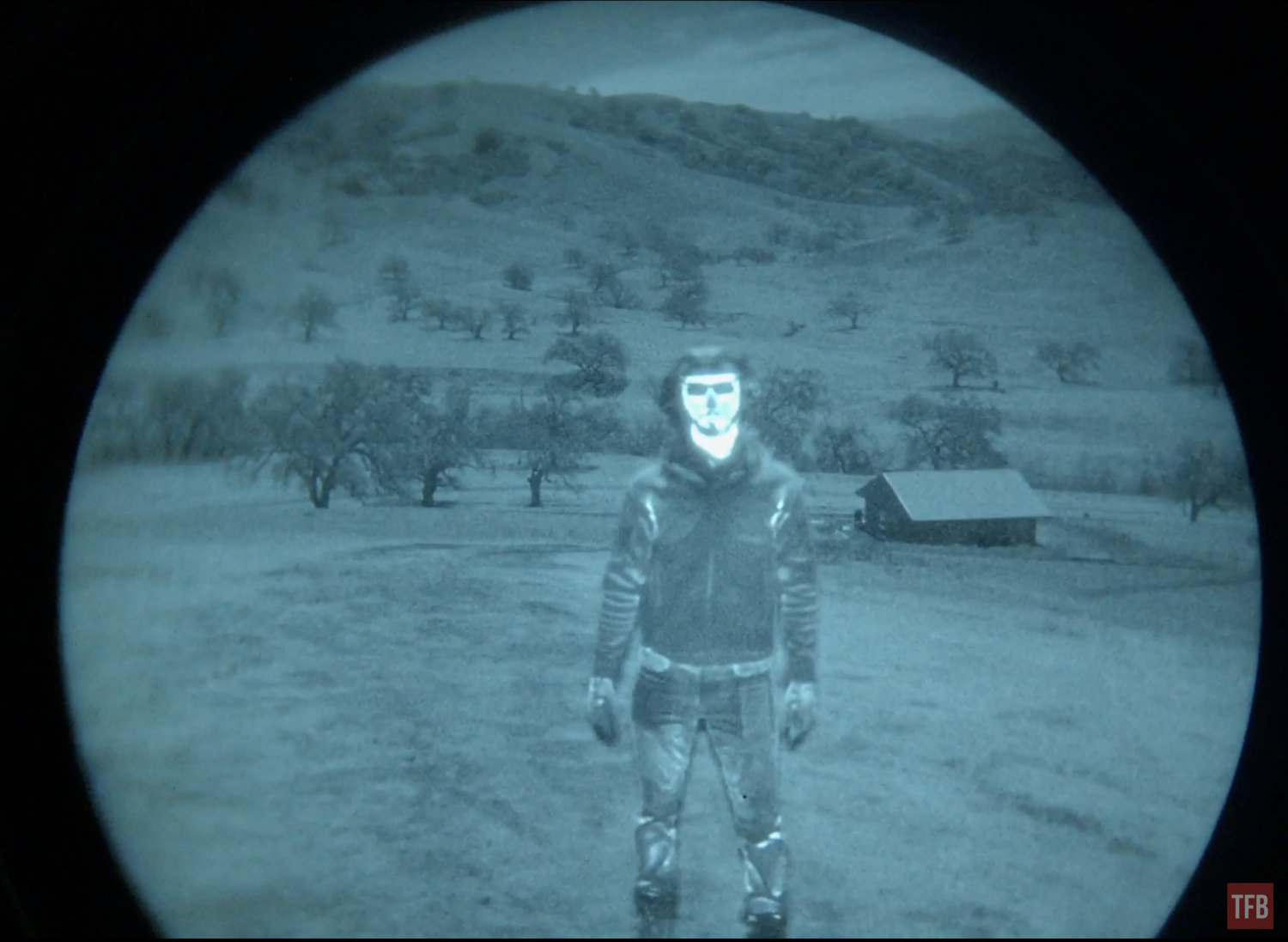
Optics 1 ECOTI in Patrol mode
Moving away from my little rant there, the ECOTI thermal image is very good. Much better than the PAS-29 COTI. It is similar to the Jerry-C thermal image seen below.
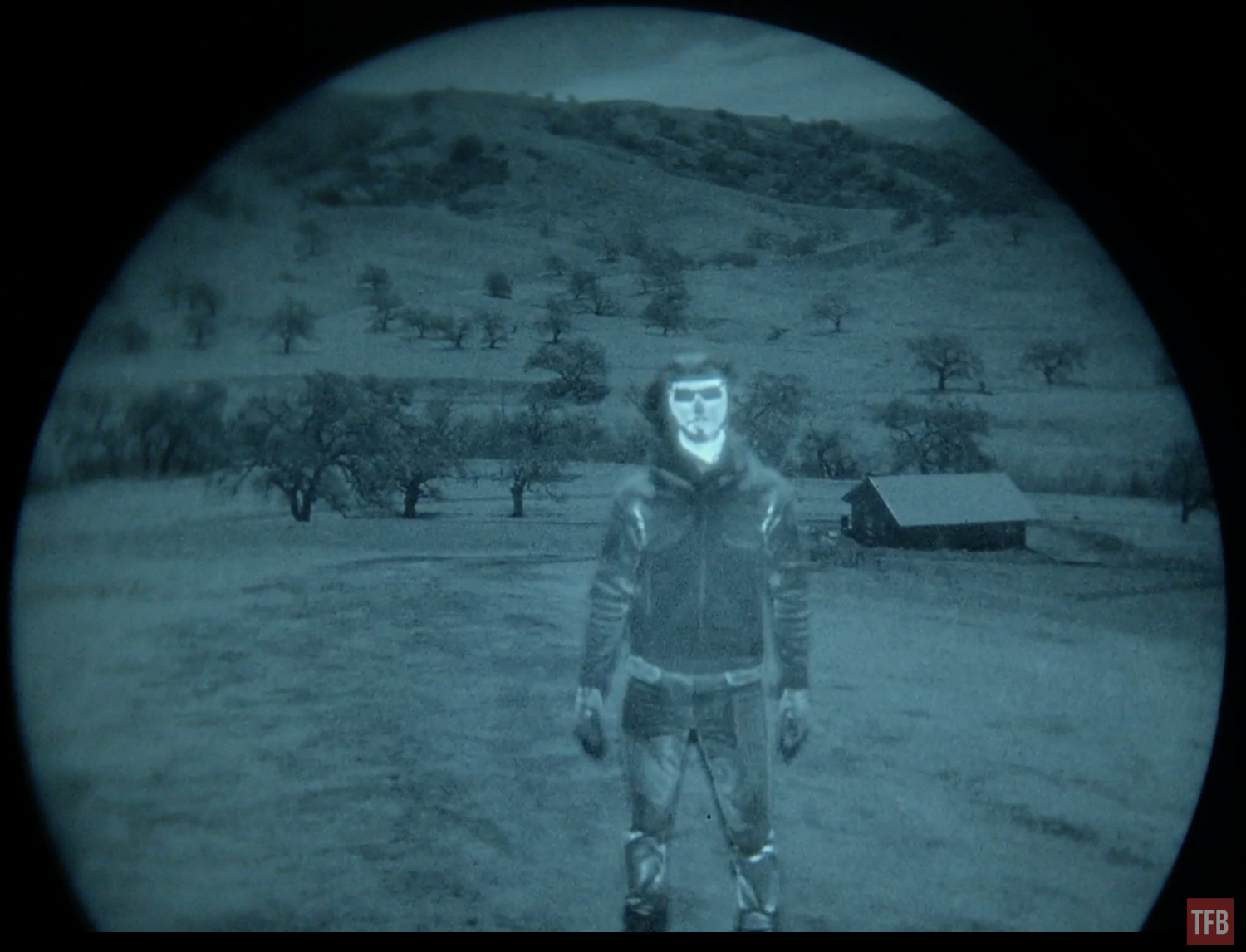
Jerry-C in Full Thermal mode.
Here is a video showing all three devices, PAS-29 COTI, Jerry-C and ECOTI.
Raw Thermal Image
One aspect of the COTIs that I found intriguing is the color that they project their respective thermal images.
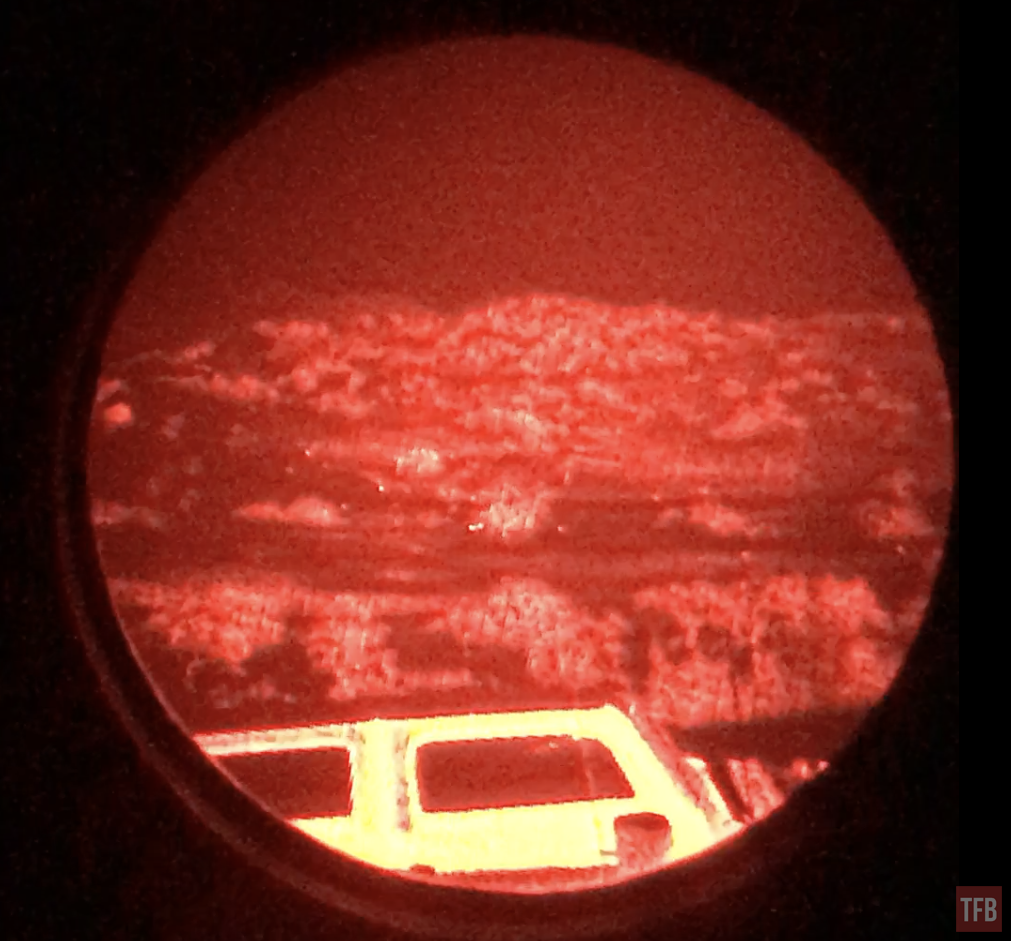
PAS-29 COTI raw thermal image
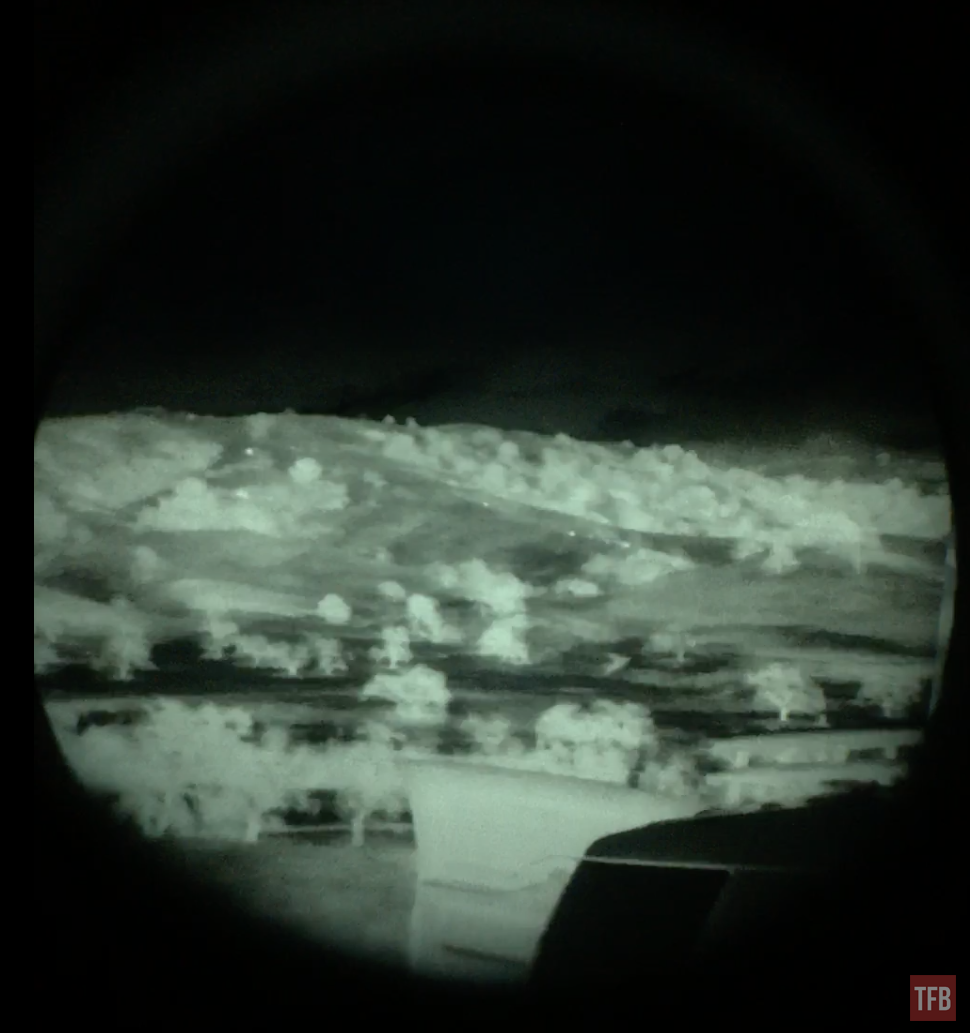
Jerry-C raw thermal image
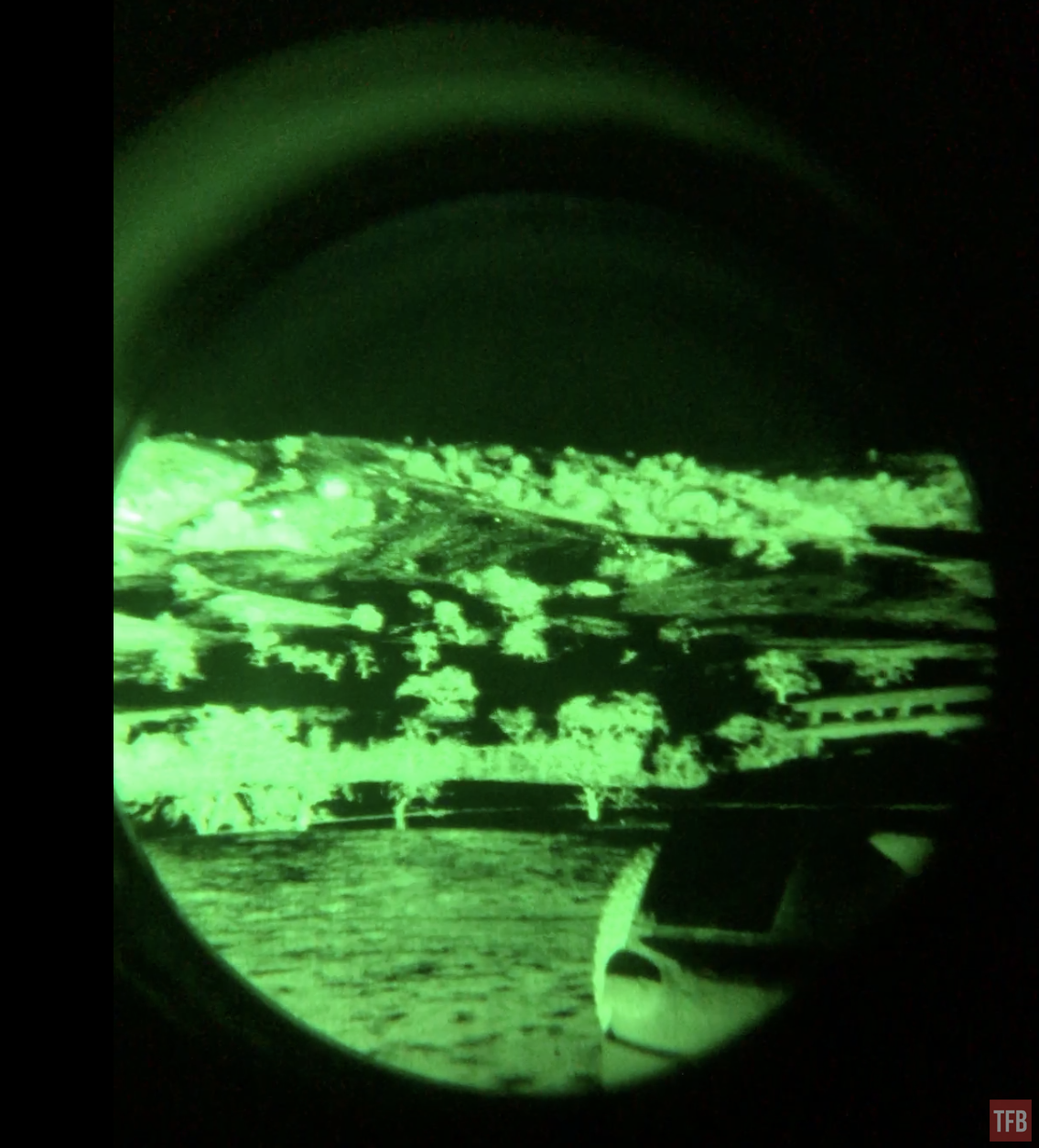
Optics1 ECOTI raw thermal image
The Jerry-C almost looks like white phosphor while the ECOTI looks like green phosphor. Here are some more examples of the ECOTI thermal image. These were photographed looking directly into the fiber periscope of the ECOTI. No night vision device was used.



ECOTI Potential
The Optics1 ECOTI has some features that the Jerry-C does not have. First of all, the ECOTI has a digital compass just like the PAS-29 COTI. Very useful for land navigation. As mentioned earlier, the ECOTI and COTI both have image capture abilities even though trying to get the USB cable to download the images is harder than finding normal priced ammo right now.
One of the most highly anticipated features of the ECOTI is its ability to project augmented reality information into your night vision. It accomplishes this using ATAK (Android Tactical Assault Kit). Watch this video by TREX Arms on the ATAK.
The instruction manual of the ECOTI depicts and mentions this capability.


The promotional video by Safran Optics1 shows this augmented reality capability. However, we have yet to see exactly how this works. While it is nice in theory and on video, I have not met anyone who has utilized this system and the people who do are in the military and cannot talk about it as far as I know.
The potential to use the ECOTI with the civilian version of ATAK is very alluring, but we have yet to see the complete system in use or even demonstrated.
Fusion Panos

Do 3-4 COTIs work on PANOs?

This photo is fake. It is an airsoft replica with dummy COTIs.
The photo above gets some people’s imagination fired up. If you have the money you could put COTIs on every objective lens on a set of Panoramic Night Vision Goggles. Thanks to Kevin we were able to try this theory out and put it to bed. Aside from the obvious ridiculousness like weight and more importantly money. The three COTIs weigh about 16 ounces that is like adding a PVS-14 or PVS-31 onto the QTNVG or other quad tube goggles. Then there is the cost. Those three COTIs cost around $16,200. Add the $13,000 QTNVG and you are still saving money compared to a GPNVG at $40k. Sadly true Fusion Panos is not as great as it sounds. In theory, you have COTIs mounted on at least three objectives. One mounted to either of the central objective lenses and one COTI on each of the outboard objectives. Just like binos, you only need one on the inboard objectives.
So now you have thermal fusion for your main FOV and thermal fusion for your peripheral vision. While night vision works great for peripheral vision, that is why panoramic quad tube goggles exist, fusion panos do not work as you hope they might. The problem is how human eyesight has evolved. Your central vision is where your brain can see and process fine detail in the image your eyes produce. Your peripheral vision lacks fine detail and is good for detecting light changes and movement. So having thermal fusion information feeding into your peripheral view is wasted. Your eyes and brain simply cannot process that information and you physically cannot see using your peripheral vision to detect thermal signatures. It just looks like white noise. It can work if the target is much closer and more obvious in the FOV of the outer pods and outboard COTIs but by then you should be able to see it without thermal fusion. But trying to detect a thermal signature further out is not possible with this setup and simply a waste of time and money. The simpler solution is to just scan and pan your head more to point the main COTI or ECOTI in the direction you want it to detect. No need to have them on the outer objectives.
Final Thoughts On the Optics1 ECOTI

Photo by Kevin R.
I was surprised by the detection range of the PAS-29 COTI. On paper, it is listed at just 500m but clearly the temperature and thermal differential in the video posted above shows that the COTI can detect well past that distance. It was able to detect cows 1200 yards away. However, there are limitations to that. I only know that those are cows because I could see them with my naked eye and was testing the COTIs directly in the afternoon where there was still some sunlight to see the cows with my unaided eyes.

Photo by Kevin R.
While the PAS-29 is a very capable device, the larger FOV, 30º>20º, is much nicer in the ECOTI and Jerry-C. When you compare the thermal image produced by the Jerry-C and the ECOTI, it is hard to tell the difference. In fact, my Jerry-C looked slightly better and more in focus than the ECOTI. I tried adjusting the objective lens focus but the COTIs seem to be independent of that and the ECOTI image did not improve. This is of course only a sample size of one. We have not seen another ECOTI so we don’t know if the softer focused thermal image is commonplace or if Kevin’s ECOTI is somehow unique. It is still a very good unit and the difference is minor especially the further away an object or target is.
Is the ECOTI worth $8,400? That is up to you to decide. My friend Kevin was not satisfied with his PAS-29 COTI and so he bought the ECOTI. Having seen the Jerry-C side by side with the ECOTI, I feel the Jerry-C satisfies what I need a COTI to do. The ECOTI has more menus and controls for the thermal image like offset adjustment so the thermal image lines up better with your night vision image, which the Jerry-C does not. It has the ability to capture images and project augmented reality however those are somewhat vaporware. Even if those features were proven and easily implemented, provide a USB cable to download the images and show us how to use the ECOTI with ATAK for civilians, then I could see the potential and value of the ECOTI. But simply as a thermal device to project thermal information into your night vision device, you can get along just fine with a COTI or spend a little bit more for a Jerry-C.
 Your Privacy Choices
Your Privacy Choices
